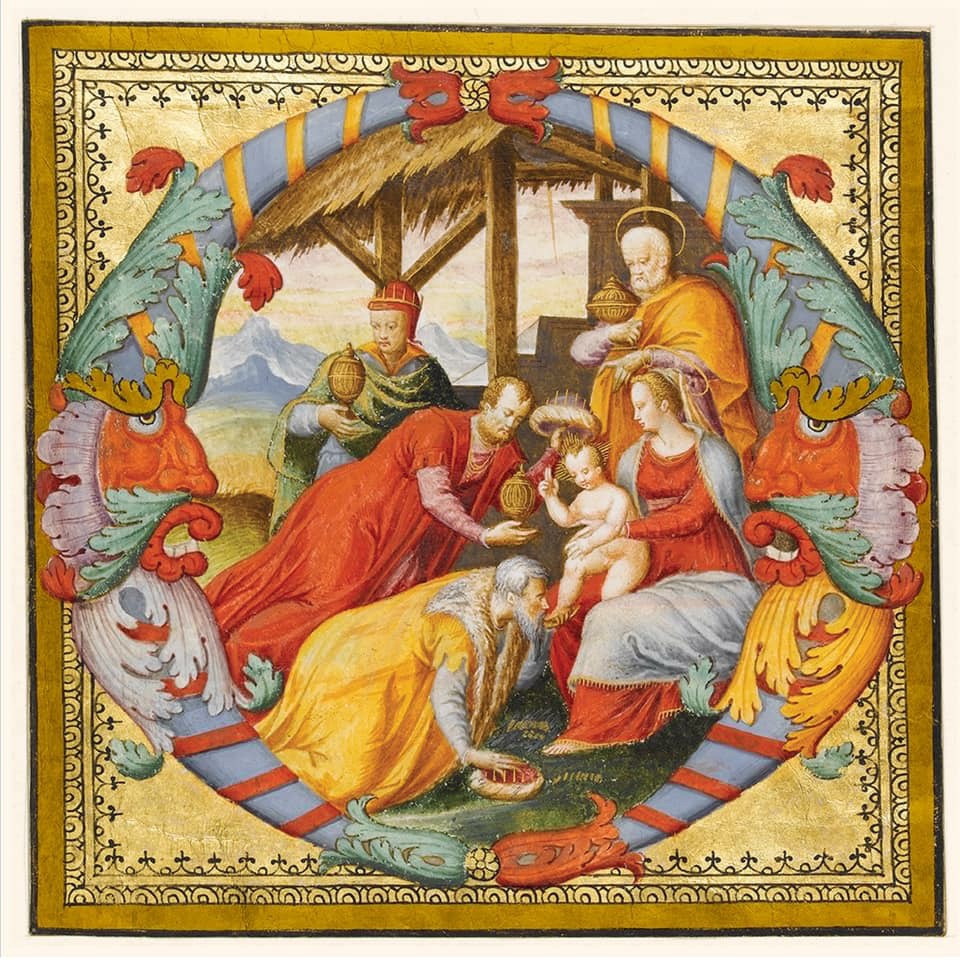23rd December 2020
23rd December - O Emmanuel
“O Immanuel, you are our king and our judge, the One whom the peoples await and their Saviour.
O come and save us, Lord our God.”

The final antiphon condenses the glory and might of the Lord, as announced by the previous antiphons, into the immanence of the human form. Emmanuel is the name given in prophecy by Isaiah to King Ahaz to describe the promised Messiah (Is 7:14). Meaning “God is with us,” it serves as a title that aptly describes the person of Jesus.
The references to “king” and “judge”, as well as the final invocation, “O come and save us”, are also drawn from one of Isaiah’s prophecies (33:22), which has as its theme the deliverance of Israel from its foes into the land of the King. The final “Lord our God” of the antiphon also emerges from a similar theme: it appears to refer to Isaiah 37:20, in which the prophet Ezekiel prays for deliverance from the siege of Jerusalem laid by the Assyrian King, Sennacherib, in 70BC.
So the meat of this antiphon expresses very succinctly a certain physical imagery of salvation, that of Israel and its earthly foes, whilst hinting at the hidden way – and thereby the real significance of salvation – in which God will save us.
This salvation is once again given its universal orientation by the phrase at the centre of the antiphon: “the One whom the peoples await and their Saviour.” Although the first part of this is a reference to the prophecy made by Jacob (who was renamed Israel) to his sons (Gn 49:10) regarding the Messiah who would emerge from Judah, the specific notion of a Saviour of all peoples is one that is more identifiable with the New Testament writings of St John and St Paul.
In this way, the final antiphon rounds off the three antiphons that form the acrostic for the word “ero” – “I will be”. The first four, which give “cras” (“tomorrow”), all referred explicitly to the Old Testament; whereas these latter three rely on the New Testament for their full meaning. As the 23rd December draws to a close and the Church waits expectantly for the birth of the Saviour at the next midnight, the last three antiphons have literally spelt out the immanent arrival of Christ, and drawn together the promises of the Old Testament with their fulfilment.
Stefan Kaminski
Director, The Christian Heritage Centre
